-
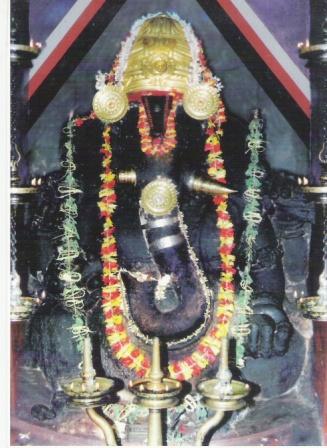 Shree Madanantheshwara Siddhivinayaka Temple, Kasaragod
Shree Madanantheshwara Siddhivinayaka Temple, Kasaragod
Madhur Ganapathi Temple is also known as Madur Madanantheswara Siddhi Vinayaka temple. It is one of the famous temples in North Kerala which is 8 km?s away from Kasargod town. It is located in the bank of river Madhuvahini. In front of the temple, Madhuvahini River is flowing and all other sides are surrounded by the paddy fields and coconut trees. The locality of the temple has greenery picturesque which is very natural and makes enthusiasm about the place. The main presiding deity is Lord Shiva.
-
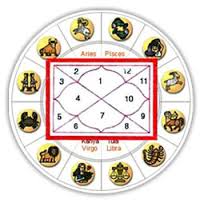 Kuja - Manglik - Mangal Dosha Effect and Remedies
Kuja - Manglik - Mangal Dosha Effect and Remedies
A simple survey shows that as many as 90% of the people in the Universe will be under the influence of Kuja Dosha. Every one of us, at one time or the other, will hear about Kuja. The word is more prominently heard when horoscopes of the bride and bridegroom are studied before their marriage.
-
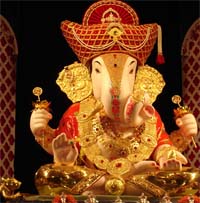 Lord Ganesha Sankashti or Sankatahara Chaturthi Pooja Procedure And Dates In 2016
Lord Ganesha Sankashti or Sankatahara Chaturthi Pooja Procedure And Dates In 2016
Sankashti Chaturthi or Ganesh Sankatahara Chaturti, is dedicated to Hindu God Ganesh. Sankashti Chaturthi January 2016 date is January 27, Wednesday and the Chandrodaya or Moon rise time is 8:57 PM (IST).
-
 What is Puja? Traditional Step of the Vedic Ritual and How to Worship a Hindu Deity
What is Puja? Traditional Step of the Vedic Ritual and How to Worship a Hindu Deity
Puja is worship. It is a Sanskrit term used in Hinduism to refer to the worship of a deity through observance of rituals including daily prayer offerings. What are the traditional step of the Vedic rtitual?
-
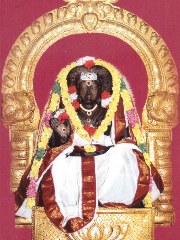 Muktheeswarar or Thilatharpanapuri or Adhi Vinayakar Temple
Muktheeswarar or Thilatharpanapuri or Adhi Vinayakar Temple
Swarnavalli sametha Mukthiswarar temple is located at Thilatharpanapuri 2.6kms from Koothanur. Koothanoor is near Poonthottam which is on Mayavaram ? Tiruvarur Road. The nearest railway station is at Poonthottam. The main deities here are Swarnavalli Thayar and Mukthiswarar. The name Thilatharpanapuri comes from two words thil meaning Gingely and tharpana is the Hindu ritual of performing pithru karmas (ritual of paying tribute to ancestors) to ones ancestors. It is also known as Sethalapathy.
-
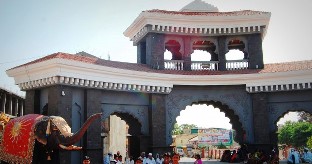 Shree Kshetra Ranjangaon Ganpati Devstan, Ranjangaon, Pune, Maharashtra
Shree Kshetra Ranjangaon Ganpati Devstan, Ranjangaon, Pune, Maharashtra
The Peshwas of Maratha kingdom have contributed to the temple notably, Srimant Madhavarao Peshwa, who is said to have constructed the sanctum around 1790 AD. There are evidences that point the antiquity of the temple to around the ninth and tenth centuries.
-
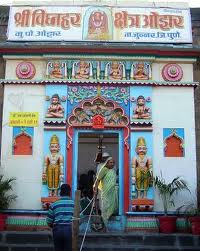 Shri Vighnahar Ganapati Temple,Ozar, Pune, Maharashtra
Shri Vighnahar Ganapati Temple,Ozar, Pune, Maharashtra
The temple is one of the Ashtavinayaka, the eight revered shrines of Ganeshain Maharashtra, India. The Ganesha form worshipped here is called Vigneshwara (spelt also as Vigneshvar(a), Vigneshwar : "Lord of obstacles") or Vignahar (spelt also as Vignahara, "Remover of obstacles") and is associated with the legend of Ganesha defeating Vignasura, the demon of obstacles
-
 Shri Girijatmaj Ganapati Temple, Lenyadri, Junnar, Maharashtra
Shri Girijatmaj Ganapati Temple, Lenyadri, Junnar, Maharashtra
Legend has it that Goddess Parvathi after a rigorous penance obtained the boon to become the mother of Lord Ganesha. Goddess Parvathi created an idol into which as promised the Lord manifested as Ganesha and fulfilled the Goddess's wish.
-
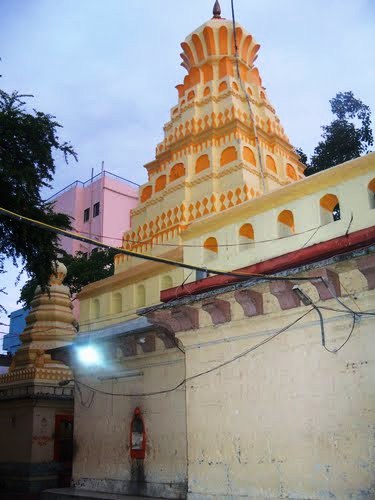 Shri Chintamani Ashtavinayak, Theur, Pune, Maharashtra
Shri Chintamani Ashtavinayak, Theur, Pune, Maharashtra
The temple has undergone many enhancements over the years and may have been built in the seventeenth century by Dharanidhar Maharaj Dev of the Moraya Gosavi lineage.
-
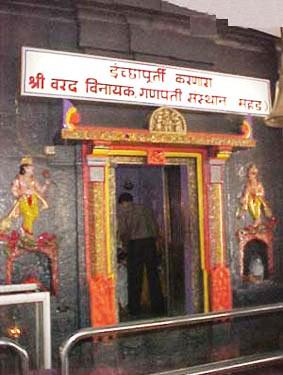 Shri Varada Vinayak Temple, Mahad, Raigad District, Maharashtra
Shri Varada Vinayak Temple, Mahad, Raigad District, Maharashtra
Situated in a quite village named Mahad on the konkan coast of Maharashtra, the Varada Vinayak temple is one of the Ashta Vinayak shrines dedicated to Lord Ganesha and devotees revere the Lord here as the giver of peace and prosperity to those that worship him with a sincere heart.
-
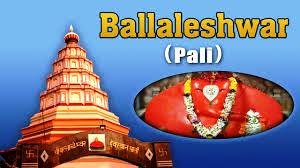 Shri Ballaleshwar Temple, Pali, Raigad District, Maharashtra
Shri Ballaleshwar Temple, Pali, Raigad District, Maharashtra
Situated against the beautiful backdrop of Sarasgad fort and Amba River in the district of Raigad, around 140 kilometers from Mumbai is the temple of Ballaleshwar dedicated to Lord Ganesha and is one of the Ashta Vinayak shrines in Maharashtra.
-
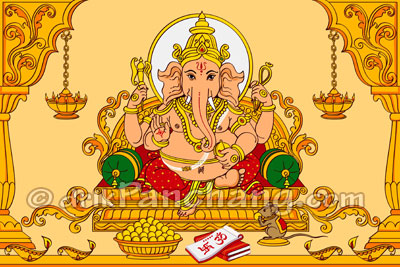 Ganesha Chaturthi Puja Vidhi
Ganesha Chaturthi Puja Vidhi
Lord Ganesha is worshipped with all sixteen rituals along with chanting of Puranik Mantras during Ganesha Chaturthi Puja which is also known as Vinayaka Chaturthi Puja. Worshipping Gods and Goddesses with all 16 rituals is known as Shodashopachara Puja.
-
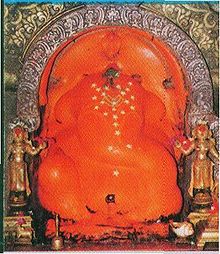 Shri Moreshwar Mandir, Morgaon, Pune, Maharashtra
Shri Moreshwar Mandir, Morgaon, Pune, Maharashtra
Shri Moreshwar Mandir is a Hindu temple (mandir) dedicated to Ganesha, the elephant-headed god of wisdom. It is located in Morgaon in Pune District, about 80 kilometres (50 mi) away from Pune city in the Indian state of Maharashtra. The temple is the starting and ending point of a pilgrimage of eight revered Ganesha temples called Ashtavinayaka.
-
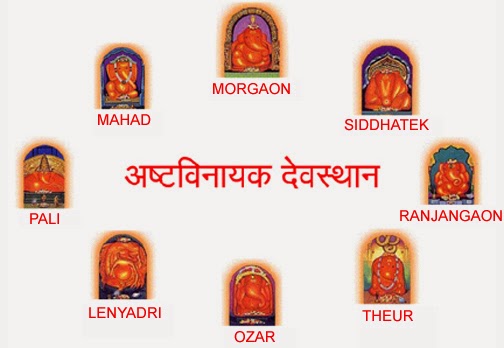 Ashtavinayak Temples
Ashtavinayak Temples
Ashtavinayaka means eight Ganeshas refers to a pilgrimage to the 8 Ganesha temples in Maharashtra state. The Ashtavinayaka yatra covers the eight ancient holy temples of Lord Ganesha, situated in Ahmednagar,Raigad and around Pune district.
-
 How to Worship Right Trunk Ganesh Idols
How to Worship Right Trunk Ganesh Idols
Well, its true that right trunked ganesha idols are not perfect for gifting or home. But, that does not mean, you have to completely avoid buying right trunked idols. If you are prepared to perform the required rituals, you can even keep this idol in your pooja room.
-
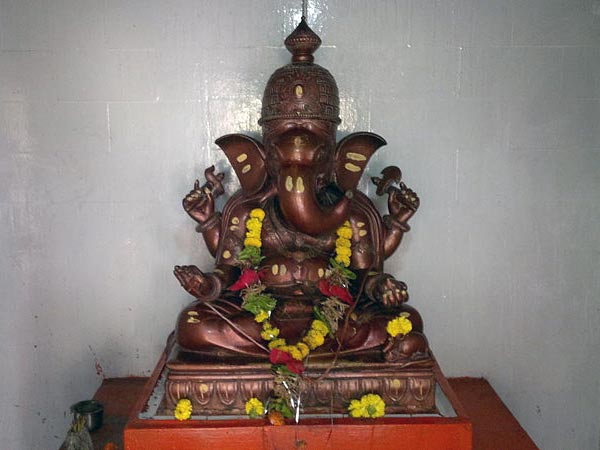 Ganesh Idols in Puja Room
Ganesh Idols in Puja Room
There are many such things you need to know before keeping Ganesh idols in your home. If you dont follow these traditions and customs, you are probably inviting bad luck to your home.
-
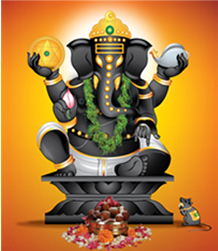 Sree Maha Ganapathy Temple, Kottarakkara, Kerala
Sree Maha Ganapathy Temple, Kottarakkara, Kerala
The place that we now call Maha Ganapathy temple is actually Kizhakkekara Siva Temple. The main deity is none other than Lord Siva himself Siva facing eastward. In fact Ganapathy is only a minor deity here. But the temple today is famous as a Ganapathy temple rather than a Siva temple
-
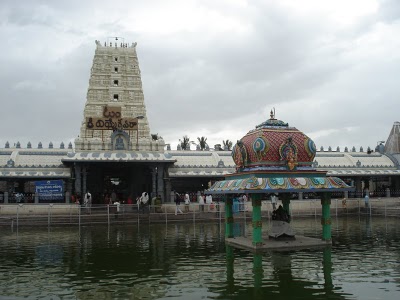 Sri Swayambu Varasidhi Vinayaka Swamy Vari Devasthanam
Sri Swayambu Varasidhi Vinayaka Swamy Vari Devasthanam
Kanipakam is a small village on the bank of Bahuda River. Kani" means wetland and "Pakam" means flow of water into wetland. According to the legend of the temple there were three brothers and each one had a handicap. Viz., Dumb, Deaf and Blind. They were earning out their livelihood by cultivating a small piece of land.
-
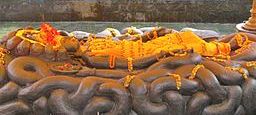 Pashupatinath Temple, Nepal
Pashupatinath Temple, Nepal
The Pashupatinath Temple is a famous, sacred Hindu temple dedicated to Pashupatinath is located on the banks of the Bagmati River 5 kilometres north-east of Kathmandu Valley in the eastern city of Kathmandu, the capital of Nepal.
-
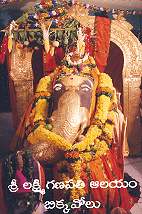 Sri Lakshmi Ganapathy Temple, Biccavolu
Sri Lakshmi Ganapathy Temple, Biccavolu
The height of the Ganesa is 11ft, the biggest in the history of Eastern Chalukyan Sculpture attracting hundreds and thousands of devotees day by day, a tourist spot, with green fields.